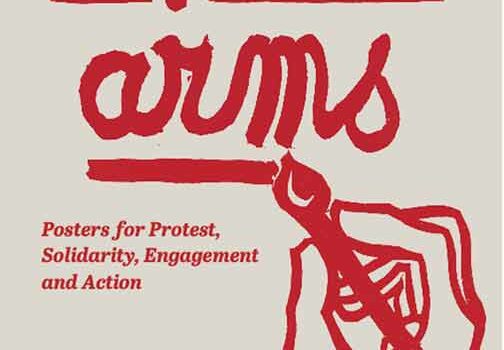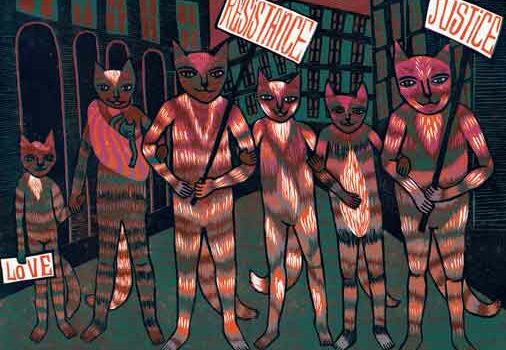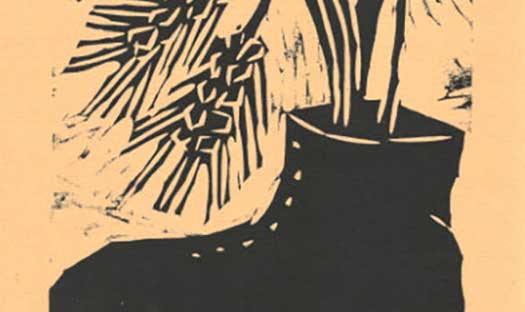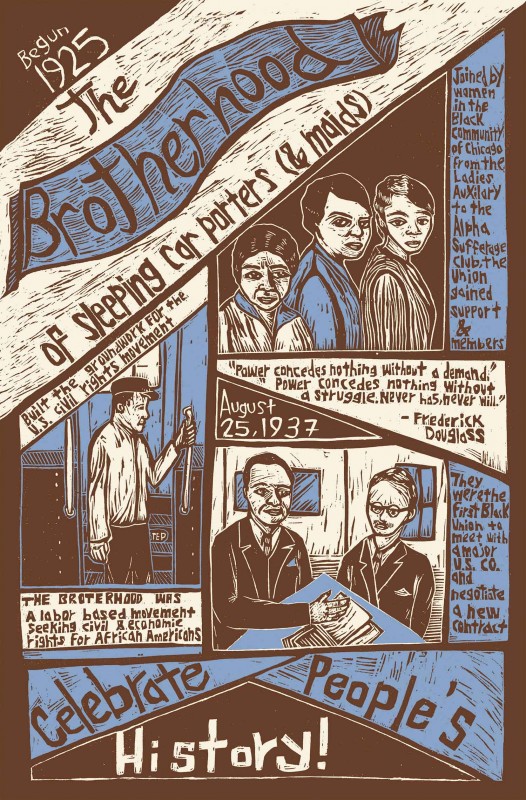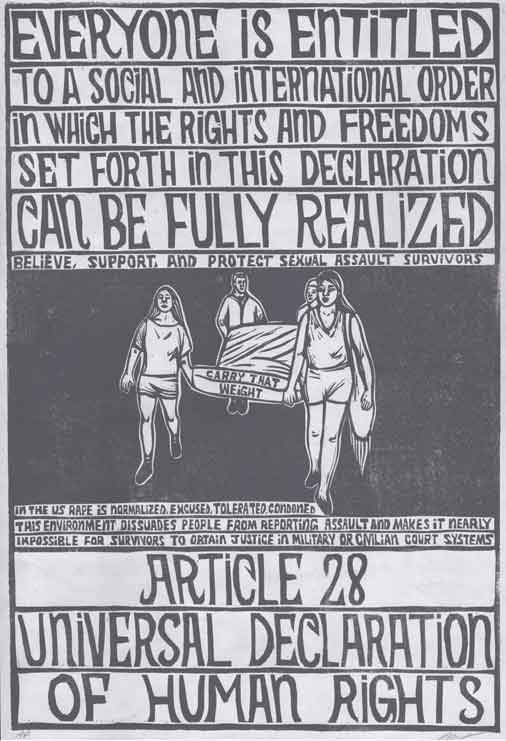“The Subversive Imagination: The Artist, Society, and Social Responsibility”
Edited by Carol Becker

One of my favorite quotes from her is: “The more that is hidden and suppressed, the more simplistic the representation of daily life, the more one dimensional and caught in the dominant ideology the society is, the more art must reveal.”
This is a selection of essays about topics Justseeds members have all thought about in our work. I am so excited about street art as our strongest tool of enacting true freedom of visual artistic expression. Most visual images in our landscape are advertisements. The only so-called “legitimate” arts works are done through public arts projects. This book brought up so many questions for me, I wonder what people’s thoughts and experiences are with these issues….
-who decides what images/art should be displayed in a neighborhood?
-who has a voice? How do we provide spaces for these voices to be heard? Particularly peoples voices who are underrepresented and marginalized? Money, access to resources, information, and native language and writing/reading skills create an unequal playing field
-if public art is expected to be representative of the environment it lives in, how do we contact the public for their input?
-is the public defined by organizations, individuals, people who can afford to forward their own opinions?
-what is the responsibility of the artist in society?
-what is the responsibility of the society to the artist?
-what role should public and private funding play in the future lives of artists?
-art which claims/aims to be community based: what is community? What communities can/should artists relate to? Who constitutes community?
-Is public art supposed to imitate life? Or envision a better world? Or something entirely else?
-is art supposed to be democratic?
-Is art supposed to represent the artist? The viewer? The patron? Does one take precedent over the others?
